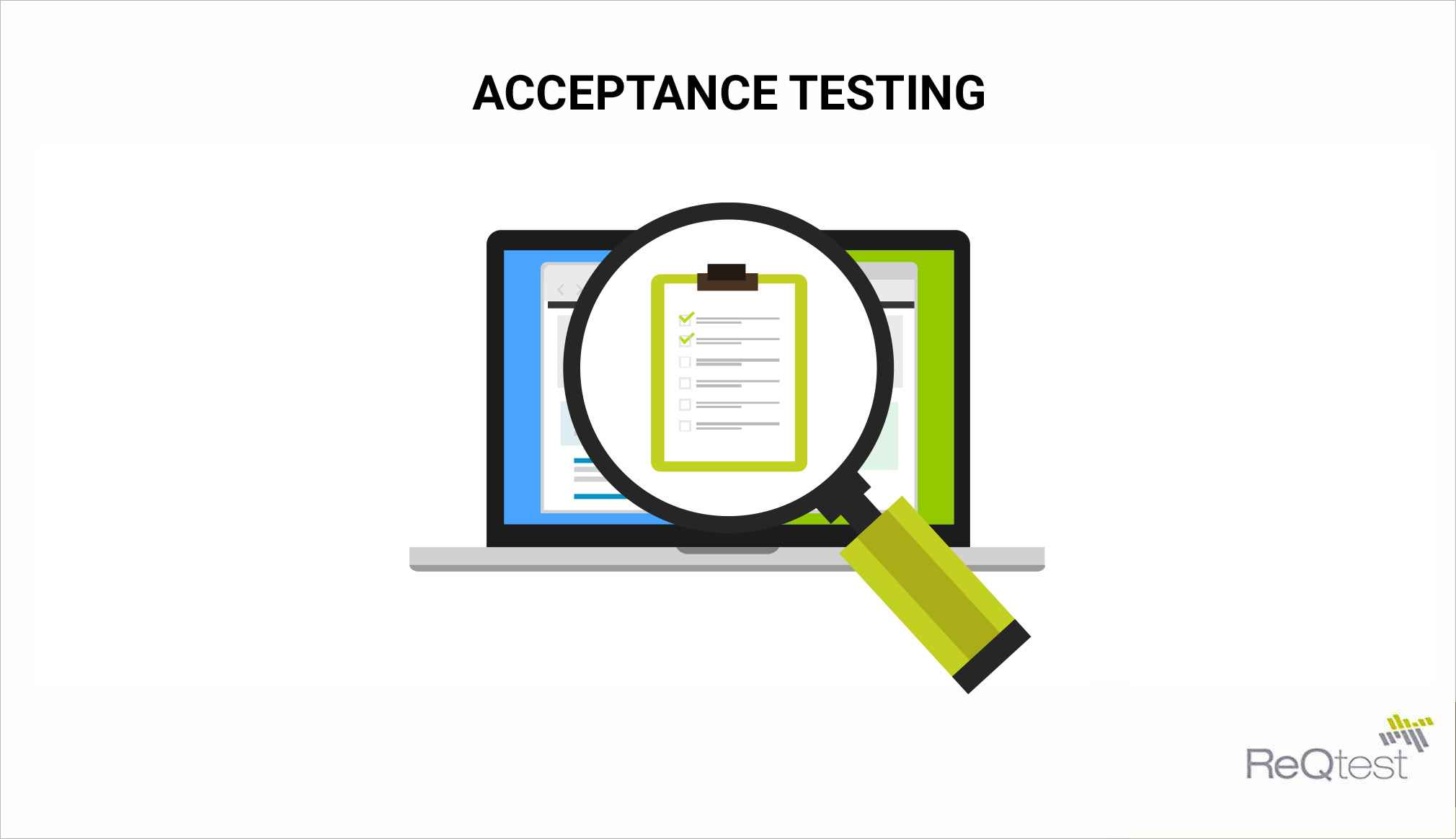October 5, 2020
Acceptance Testing – How To Get Non Testers Involved In Quality Assurance Process?
The latter stages of a software development project often involve acceptance testing. This is a testing technique that determines if a software system meets the required specifications.
You might find that your team consists of several non-testers. These are people that may include developers, UX designers, business analysts, project sponsors, and business stakeholders.
These people from non-testing backgrounds help to identify any bugs or issues with the software.
What Is Acceptance Testing?
The purpose of acceptance testing is to verify a software system before moving it to the production environment. The developed software must meet the project requirements specifications. Essentially, this involves an evaluation of the system’s compliance with a business’ requirements. This ensures it meets the documented required criteria and current needs of end-users before it is delivered to them.

So, it demonstrates that the required functions of a test object operate in a manner suited to real-world circumstances and usage. The product or application should be flawless in meeting the critical business requirements.
Typically, this is performed in the final stages of testing following the completion of functional integration and system testing. Either the software developers or end-users will do this.
Note that there are various forms of acceptance testing that might be conducted at this stage:
Business acceptance testing
The Benefits of Acceptance Testing
Acceptance testing ensures that the final product contributes to real business value. Generally, it improves the quality of the software and improves the acceptance rate of the solution. Afterward, the product is ready for the ‘real-world’ application.
If a software does not reach the specified requirements, then it can be sent back to the developers for changes. This ensures that there are little to no bugs present once you launch the software for full-time use.
Bugs can ruin the user experience and sometimes render the software unusable. This means that the benefits of acceptance testing vastly outweigh the costs of not verifying it. Furthermore, identifying defects at this stage is less costly and risky for the business.
It also helps users to identify any issues related to installation, which is unusual in a verification process. Usually, such a process involves testing for software errors, but this stage ensures the software will run smoothly for users.
Also, if users perform the acceptance testing themselves, they will be even more familiar with the software. Thus, they will gain additional skills and confidence while using the new system before it goes live.
How To Get Non-Testers Involved In Acceptance Testing?
Agile development teams generally seek shared ownership of quality. For this to happen, some team members must be willing to perform testing. This creates an environment in which a qualified tester leads the testing process but also empowers non-testers to get involved.
There are several ways to achieve this:
Pair Testing
This improves transparency within a company. It enables non-testers to ask questions that test the understanding of a tester. Furthermore, each employee is on the same level – an analyzer and a tester in this scenario both bring value to the task.
Although it can take longer to achieve your desired goal with this method, it is worth the investment. It delivers a great deal of value to each team member, which makes up for the extra devoted time.
Find Test Activities That Play To Your Colleagues Strengths
Pairing may not be an appropriate choice in reality. For example, employees must be in the same office for it to work logistically.
If this is not the case, try to identify test activities that play to your non-tester colleagues’ strengths. This allows employees to focus on different aspects of the testing process, whilst still moving collaboratively towards the common goal.
With this method, individuals with different skill sets can view the process through different lenses. As such, they might discover issues that a tester would miss on their own.
Coaching Non-Testers
If an acceptance testing team is small, your company might bring in non-testers to contribute to the process. However, without appropriate training and delegation, it can be hard to scale a project. This can be done on a one-on-one basis as the need arises.
Alternatively, you could run a series of testing workshops for non-testers. Not only does this get them involved with acceptance testing, but it is a highly efficient way of doing so. Everyone can learn simultaneously, which saves on both costs and time. Furthermore, it might empower your team to identify their gaps in knowledge.
Also, this gives testing colleagues a chance to demonstrate their skills. This can highlight the value that they bring to the testing process. It also emphasizes the benefits of having multiple employees able to contribute to it.
If successful, your company could begin to scale up testing very efficiently. For example, through multi-disciplined mob programming sessions, testers would be awarded the ability to give feedback and insight to non-testers as the code is written.
Final Thoughts
Acceptance testing is one of the most important final processes of software development. It verifies that the software meets all the required criteria of the client and end-users. It also identifies any bugs that may have been missed by the developers. Fixing these ensures that the software will run smoothly and effectively in the real world.
Often, companies run acceptance testing with multi-disciplinary teams, meaning some members have no testing expertise. It is possible to get them involved in a valuable way, by identifying testing activities that play to their strengths. With smaller numbers, pair testing or one-one-one coaching might work. Alternatively, with larger numbers of non-testers, your company might benefit from group training sessions.
Share article